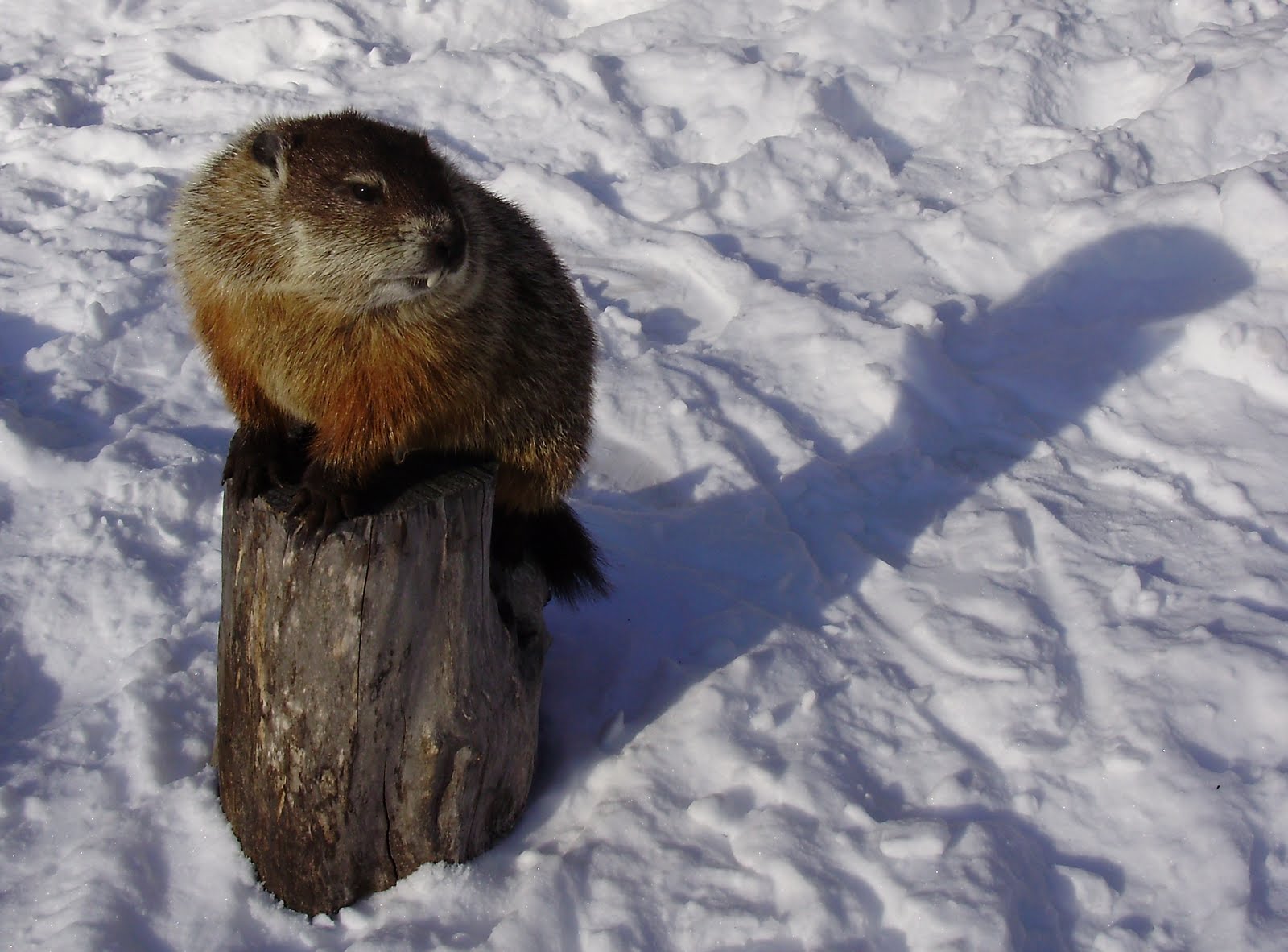Every year, on February 2nd, a small furry creature captures the attention of the entire nation: the groundhog. This adorable rodent, known for its burrowing habits and charming demeanor, plays a pivotal role in a tradition that dates back centuries. The excitement surrounding whether a groundhog will see its shadow is not just about folklore; it's an event that symbolizes the transition from winter to spring. As the legend goes, if the groundhog sees its shadow, we can expect six more weeks of winter, but if it doesn’t, an early spring is on the horizon.
The cultural significance of this quirky tradition goes beyond mere weather predictions. Groundhog Day has become a beloved celebration, marked by festivities, parades, and gatherings across the United States and Canada. The most famous groundhog, Punxsutawney Phil, resides in Punxsutawney, Pennsylvania, where he is presented to thousands of eager spectators every February 2nd. As the crowd waits in anticipation, the question looms: will Phil see his shadow this year?
In this article, we delve deeper into the lore behind Groundhog Day, exploring its origins, the science (or lack thereof) behind the predictions, and why this charming tradition continues to capture our hearts. Join us as we unravel the mystery of what it truly means when a groundhog sees its shadow.
What is the Origin of Groundhog Day?
Groundhog Day has its roots in an ancient European celebration known as Candlemas Day. Traditionally, this day was marked by predicting the weather based on the behavior of animals. The Germans, in particular, believed that if a hedgehog saw its shadow, there would be six more weeks of winter. When German immigrants settled in Pennsylvania, they brought this tradition with them, adopting the native groundhog as their weather predictor.
How Did Punxsutawney Phil Become Famous?
In 1887, a group of Punxsutawney locals formed the Punxsutawney Groundhog Club, officially declaring Phil as the "Seer of Seers." Since then, Punxsutawney Phil has become synonymous with Groundhog Day. His fame skyrocketed with the release of the 1993 film "Groundhog Day," starring Bill Murray, which further popularized the tradition and the quaint charm of Punxsutawney.
What Happens on Groundhog Day?
On the morning of February 2nd, Phil is awakened from his burrow and presented to a large crowd gathered at Gobbler's Knob. The event is filled with music, festivities, and a sense of community. As the moment of truth arrives, the groundhog's prediction is revealed, and the crowd erupts in cheers or groans, depending on whether Phil saw his shadow.
What Does It Mean When a Groundhog Sees Its Shadow?
The lore states that if Punxsutawney Phil sees his shadow, we should brace ourselves for six more weeks of winter. This prediction, while whimsical, is steeped in tradition. Many people take this day seriously, even though the accuracy of Phil's predictions has been widely debated. In fact, records show that Phil's forecast is right about 39% of the time, which is hardly reliable!
Why Do People Still Celebrate Groundhog Day?
Groundhog Day is more than just a weather prediction; it has become a cultural phenomenon. People celebrate the day for various reasons, including:
- The joy of community and togetherness.
- The excitement of an annual tradition.
- The lighthearted nature of the event, providing a break from winter gloom.
- The opportunity to witness a unique and quirky celebration.
What Are Some Fun Facts About Groundhogs?
Groundhogs, also known as woodchucks, are fascinating creatures beyond their role in folklore. Here are some fun facts:
- Groundhogs are the largest members of the squirrel family.
- They can weigh up to 14 pounds and grow to about 20 inches long.
- Groundhogs are excellent diggers, creating extensive burrow systems.
- They hibernate during the winter months, emerging in spring to forage for food.
What Role Does Weather Play in Groundhog Day Predictions?
While the predictions made by groundhogs such as Phil are steeped in tradition, they do not hold any scientific merit. Meteorologists rely on data, weather patterns, and models to predict the weather, while the groundhog's shadow is merely a fun spectacle. However, the event serves as a reminder of the changing seasons and the hopeful arrival of spring.
How Accurate Is Punxsutawney Phil’s Prediction?
Despite the excitement surrounding Groundhog Day, studies have shown that Punxsutawney Phil's accuracy is far from impressive. Over the years, his predictions have resulted in a hit-or-miss success rate. According to the National Oceanic and Atmospheric Administration (NOAA), Phil's forecasts are correct only about 39% of the time. This disparity has led some to question the validity of the tradition, but it has not diminished its popularity.
Are There Other Groundhogs Making Predictions?
While Punxsutawney Phil is the most famous groundhog, there are several other regions in the United States and Canada that celebrate their own versions of Groundhog Day. Some notable groundhogs include:
- Wiarton Willie (Wiarton, Ontario, Canada)
- Staten Island Chuck (Staten Island, New York)
- General Beauregard Lee (Lilburn, Georgia)
Conclusion: Embracing the Tradition of Groundhog Day
Groundhog Day, with its charming folklore and community spirit, continues to be a beloved tradition that transcends generations. Whether or not a groundhog sees its shadow, the event represents hope, excitement, and the anticipation of warmer days ahead. As we gather with friends and family to celebrate this quirky tradition each year, we are reminded of the joy of togetherness and the thrill of embracing the unexpected.
So, as February 2nd approaches, let us all hold our breath and ponder: will the groundhog see its shadow this year? The mystery and excitement continue to bring us together, celebrating the simple joys of life and the changing seasons.
Article Recommendations
- Kimberly Guilfoyle And Herman Cain A Detailed Exploration Of Their Lives And Legacies
- Understanding The Buzz Megan Fox Call Me Daddy
- Billy Napier Height Revealed


